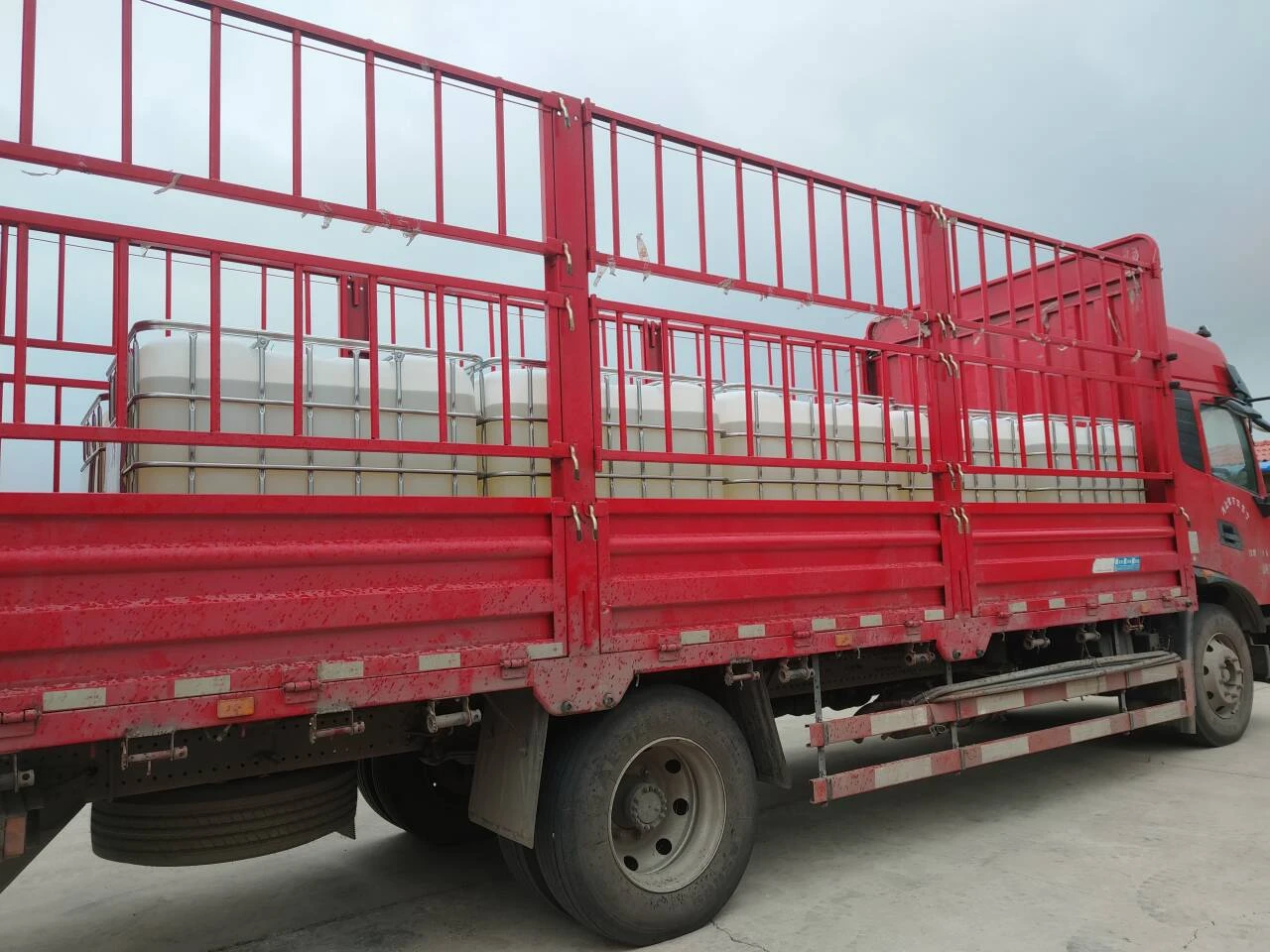Chemical Dosing for Water Treatment An Essential Process for Safe Water Supply
Water is an indispensable resource for life, and its quality is crucial for health, environmental sustainability, and economic activities. As populations grow and industrial demands increase, the need for effective water treatment methods has never been more critical. One of the most vital aspects of water treatment is chemical dosing, a process that involves adding specific chemicals to water to eliminate contaminants, improve quality, and ensure it is safe for consumption.
The Importance of Chemical Dosing
Chemical dosing is primarily employed in various stages of water treatment processes, including coagulation, disinfection, and pH adjustment. By introducing specific chemicals into the water, treatment facilities can effectively remove impurities and pathogens that may pose health risks.
1. Coagulation and Flocculation The initial step in water treatment often involves coagulation, where chemicals like aluminum sulfate or ferric chloride are added to the water. These chemicals bind to suspended particles, forming larger aggregates known as flocs. The flocs can then be removed more easily from the water, resulting in a clearer and more purified product. Flocculation enhances the efficiency of sedimentation and filtration processes that follow.
2. Disinfection Ensuring that drinking water is free from harmful microorganisms is a paramount priority. Chemical dosing plays a crucial role in disinfection, commonly using chlorine, chloramines, or ozone. Chlorination is one of the oldest and most widely used methods, effectively eliminating bacteria and viruses. However, it can produce disinfection byproducts that may be harmful, which has led to the increased use of alternative methods like UV irradiation or advanced oxidation processes.
3. pH Adjustment The pH level of water is a key factor in maintaining water quality and stability. Chemicals such as sulfuric acid or sodium hydroxide are often dosed to adjust the pH of water, ensuring that it is neither too acidic nor too alkaline. Maintaining the right pH is essential for maximizing the efficiency of disinfection and coagulation processes and preventing pipeline corrosion.
Techniques for Chemical Dosing
chemical dosing for water treatment

Employing the right techniques for chemical dosing is crucial for achieving desired outcomes while minimizing costs and environmental impacts. Most modern treatment facilities utilize automated dosing systems equipped with precise measurement and control capabilities. These systems ensure that the right amount of chemicals is added based on real-time water quality assessments, minimizing waste and enhancing treatment efficacy.
Continuous monitoring of water parameters, such as turbidity, chlorine residual, and pH, allows for the dynamic adjustment of dosing rates
. This adaptability is essential since water quality can fluctuate significantly depending on seasonal changes, pollution events, and other factors.Challenges and Considerations
While chemical dosing is essential for effective water treatment, there are several challenges to consider. Overdosing can lead to adverse effects, such as taste and odor issues, while underdosing may not effectively remove contaminants. Furthermore, the environmental impact of chemicals used in water treatment must be carefully managed to prevent pollution of natural water sources and ecosystems.
Regulatory frameworks play a vital role in governing the use of chemicals in water treatment. Compliance with guidelines and standards set by environmental agencies is critical for ensuring safe water supply and protecting public health.
Conclusion
Chemical dosing is a fundamental component of modern water treatment processes. Its significance extends beyond merely purifying water; it is integral to safeguarding public health and preserving ecological integrity. As technology advances and water quality challenges intensify, ongoing research and innovation in chemical dosing techniques will be essential to ensure a safe and sustainable water supply for future generations. By understanding and optimizing these processes, we can take significant strides towards achieving universal access to safe and clean drinking water.

